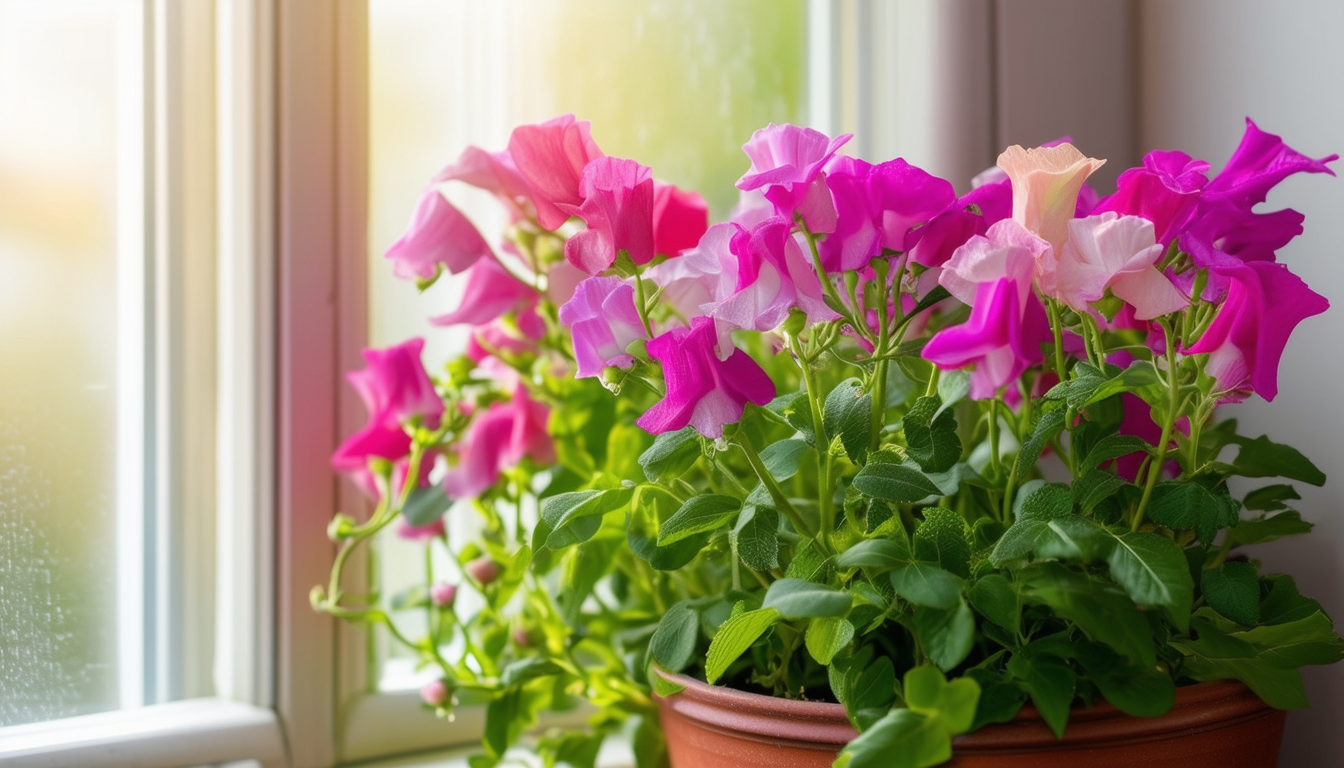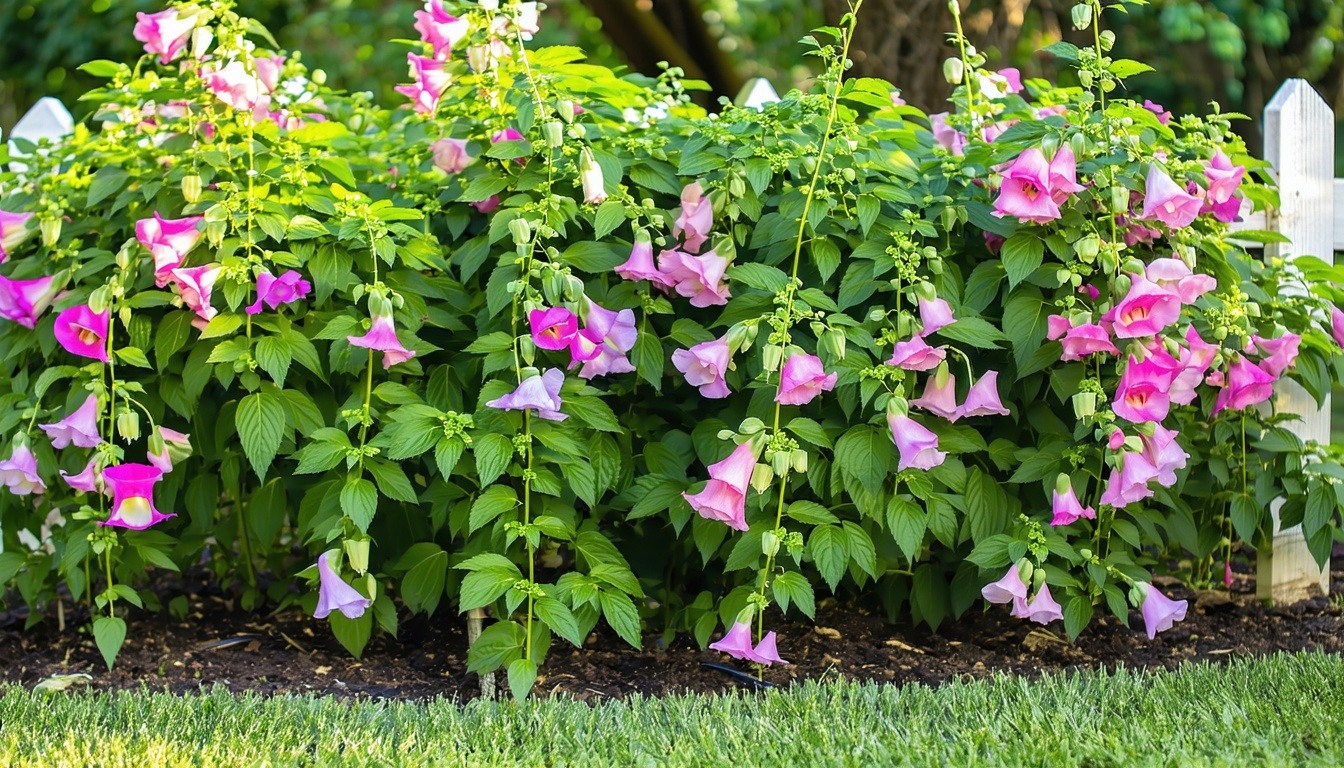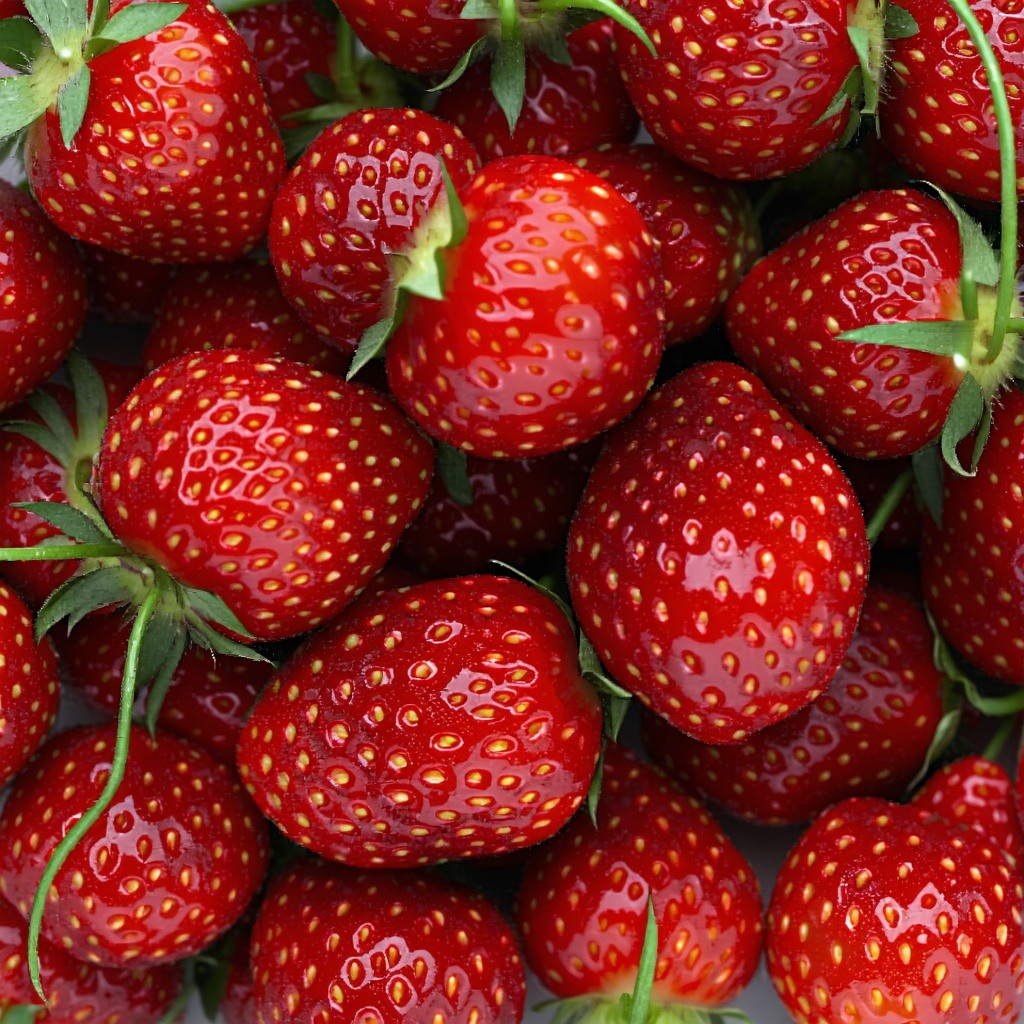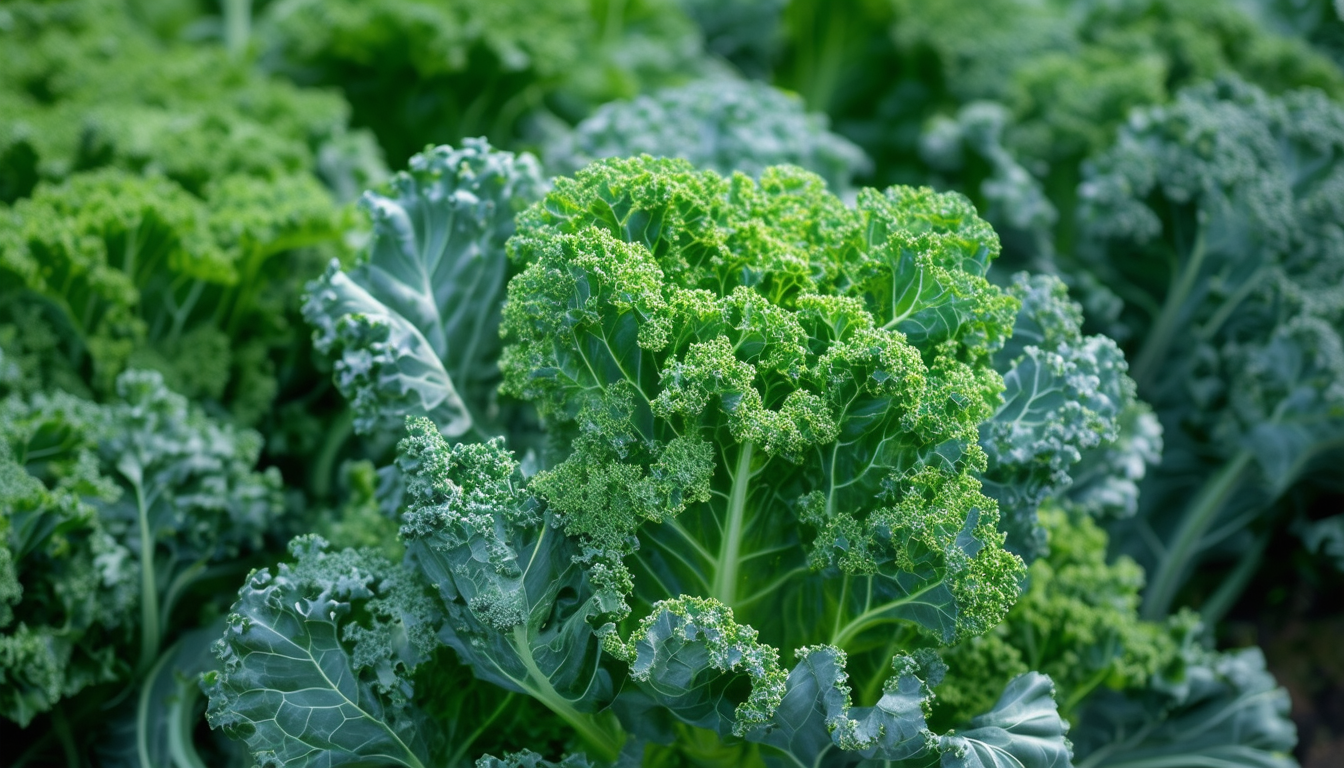
Unlock the beauty of fragrant sweet peas right in your home with this comprehensive guide to planting sweet pea seeds indoors.
Choosing the Right Sweet Pea Varieties for Indoor Growing
Selecting the right sweet pea varieties is crucial for successful indoor gardening. Some varieties are specifically bred for container growth and have shorter vines, making them perfect for indoor environments. Popular choices include 'Little Sweetheart' and 'Cupid Mix'. These varieties are more adaptable to indoor conditions and will still produce fragrant and beautiful blooms.
Consider the color and fragrance you desire when choosing your seeds. Sweet peas come in a wide range of colors, from soft pastels to vibrant hues. Their delightful fragrance can fill your home, making them a joy to grow indoors.
Best time to sow seeds by different regions
Timing is essential when sowing sweet pea seeds. In colder regions, it's best to start seeds indoors in late winter or early spring, around 8-10 weeks before the last expected frost. This gives the seedlings a head start before they are moved outdoors or to a permanent indoor location.
In milder climates, you can start seeds in the fall, allowing them to grow indoors during the winter and be ready for an early spring bloom. Always check your local frost dates and adjust your sowing schedule accordingly.
Preparing Your Planting Materials and Tools
Gathering the right materials and tools is a key step in ensuring successful germination and growth. You'll need seed trays or small pots, potting mix, a watering can, and labels for your seeds. Using clean, sterilized containers helps prevent diseases.
It's also helpful to have a small trowel, a spray bottle for misting, and a grow light if natural sunlight is limited. These tools will make the planting process smoother and more efficient.
The Best Soil and Containers for Sweet Pea Seeds
Sweet peas thrive in well-draining, nutrient-rich soil. A high-quality potting mix combined with compost or well-rotted manure provides the ideal environment for your seeds. This mix ensures the seedlings receive the nutrients they need while preventing waterlogging.
Choose containers that are at least 6-8 inches deep to accommodate the roots. Biodegradable pots are a great option as they can be planted directly into larger containers or the garden without disturbing the roots.
Planting and Caring for Your Sweet Pea Seedlings
To plant your sweet pea seeds, fill your containers with the prepared potting mix and create small holes about 1 inch deep. Place one seed in each hole, cover with soil, and water gently. Keep the soil moist but not waterlogged.
Place the containers in a location with plenty of natural light or under grow lights. Maintain a temperature of around 55-65°F (13-18°C) for optimal germination. Once seedlings emerge, thin them out if necessary to prevent overcrowding.
Tips for Ensuring Healthy Growth and Blooms
Regularly check the moisture levels of your soil and water when the top inch feels dry. Avoid letting the soil dry out completely, as sweet peas prefer consistent moisture.
Fertilize your sweet peas with a balanced fertilizer every couple of weeks to promote healthy growth and vibrant blooms. Pinch out the growing tips when seedlings are about 4 inches tall to encourage bushier growth.
Height and spread of Sweet peas
Sweet peas can vary in height, ranging from dwarf varieties that grow up to 8 inches to climbing varieties that can reach up to 6 feet or more. The spread of sweet peas is generally about 1-2 feet, depending on the variety and growing conditions.
Understanding the growth habit of your chosen variety helps in planning for support structures and adequate space for healthy development.
When do sweet peas bloom
Sweet peas typically bloom in late spring to early summer, depending on when they were planted. Indoor-grown sweet peas may bloom slightly earlier since they are protected from harsh outdoor conditions and have a controlled environment.
Regular deadheading, or removing spent flowers, encourages continuous blooming and prevents the plant from going to seed prematurely.
Using a Propagator
A propagator can be a valuable tool for starting sweet pea seeds indoors. It provides a controlled environment with consistent temperature and humidity, which can significantly improve germination rates.
Place your seeded containers in the propagator and set the temperature to around 55-65°F (13-18°C). Keep the lid on to maintain humidity, but ventilate daily to prevent mold and mildew.
FAQ
Can you start sweet pea seeds indoors? Yes, starting sweet pea seeds indoors is a great way to ensure early blooms and protect young plants from harsh outdoor conditions.
Can you start peas seeds indoors? While it's less common, peas can be started indoors and then transplanted outside once they have established roots.
Do sweet pea seeds need heat to germinate? They prefer a cool environment for germination, around 55-65°F (13-18°C).
Why are sweet peas so hard to grow? They require specific conditions, such as well-draining soil, consistent moisture, and proper support structures.
What is the best month to plant sweet peas? This depends on your region, but typically late winter to early spring.
How do you keep sweet peas from getting leggy? Provide adequate light and pinch out the growing tips to promote bushier growth.
Should I soak sweet pea seeds before planting? Yes, soaking seeds overnight can help speed up germination.
Do sweet peas come back every year? Most sweet peas are annuals, but perennial varieties do exist.
Do sweet peas like sun or shade? They prefer full sun to partial shade.
How to speed up sweet pea germination? Soak seeds overnight and maintain a consistent temperature of 55-65°F (13-18°C).
What happens if you don't pinch out sweet peas? They may become leggy and produce fewer blooms.
What compost is best for sweet peas? A well-rotted manure or compost mixed with potting soil.
Should you start sweet peas indoors? Yes, it helps ensure early blooms and protects from outdoor conditions.
Can sweet peas grow in pots? Yes, provided the pots are deep enough to accommodate their roots.
Do sweet peas need a trellis? Climbing varieties do, while dwarf varieties may not.
Do slugs eat sweet peas? Yes, slugs can be a problem, especially for young seedlings.
How do I know if my sweet pea is annual or perennial? Check the seed packet or plant label.
What do you do with sweet peas when they finish flowering? Remove spent flowers to encourage more blooms or compost the plants if they are annuals.
What is the best fertilizer for sweet peas? A balanced fertilizer works well.
Where is the best place to plant sweet peas? In a location with full sun and well-draining soil.
Why are there no flowers on my sweet peas? They may need more sunlight, or it could be too hot or too cold.
Can you eat peas off a sweet pea plant? No, sweet pea seeds and pods are not edible and can be toxic.



